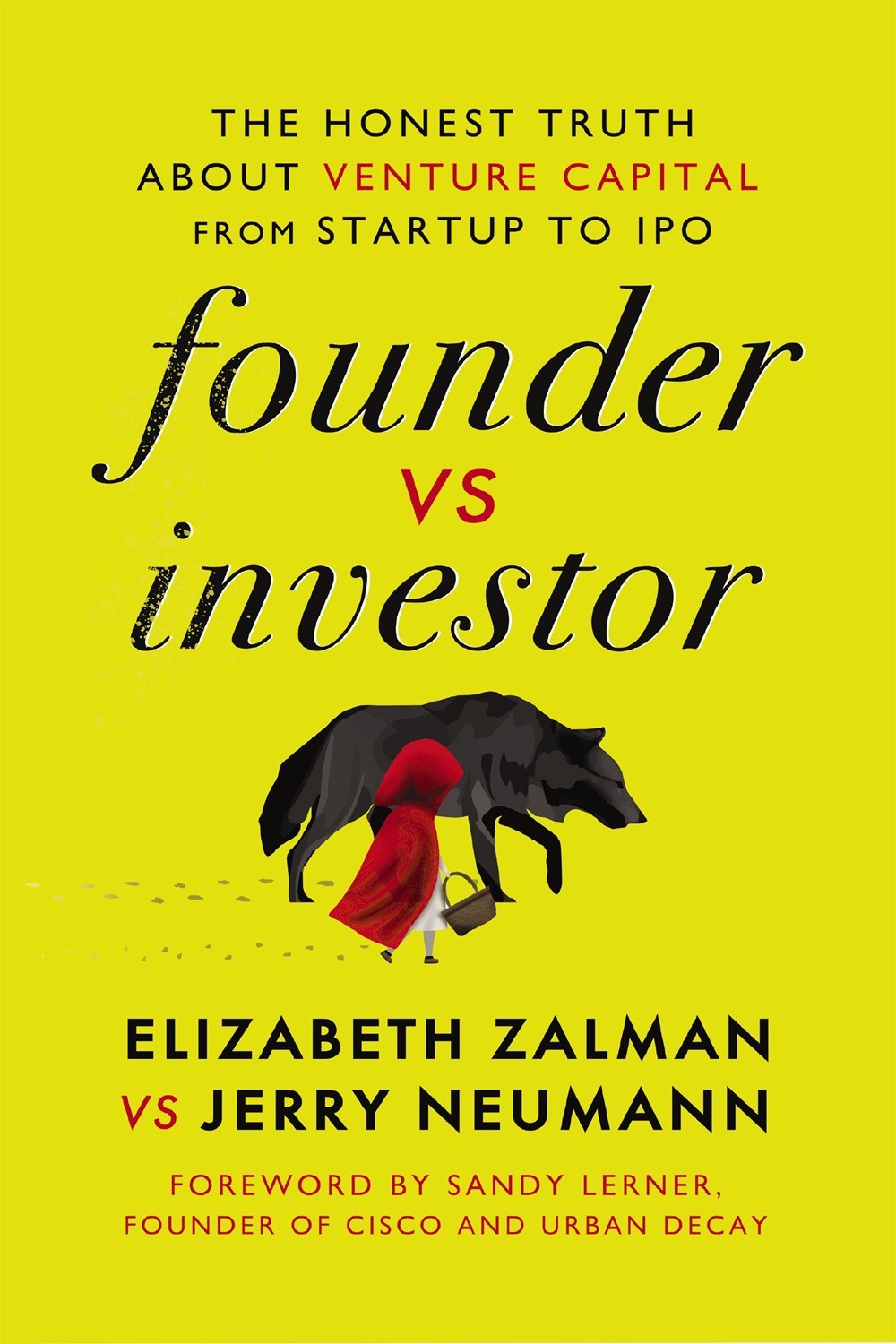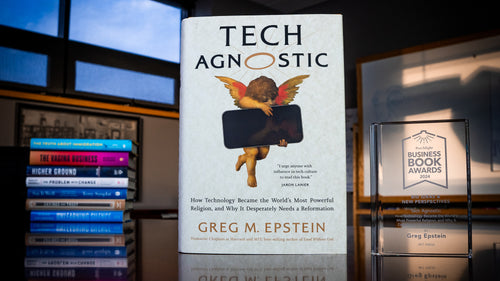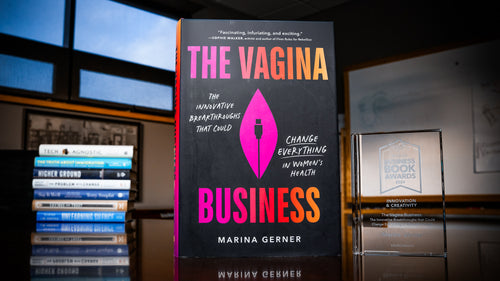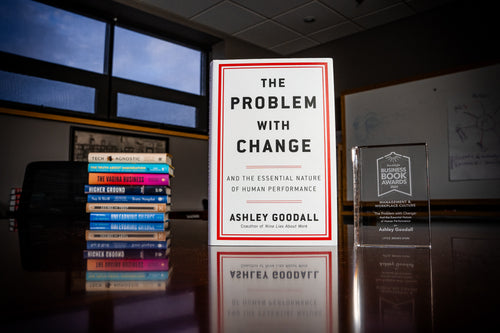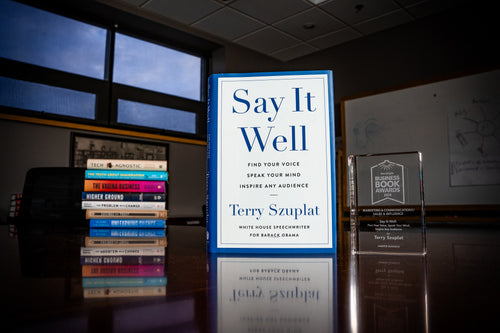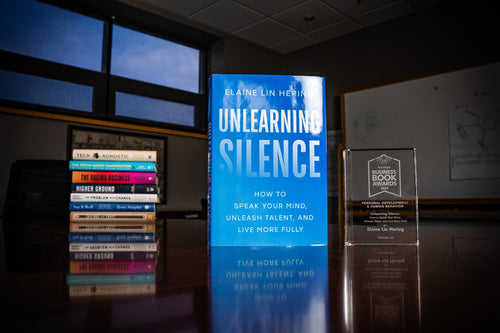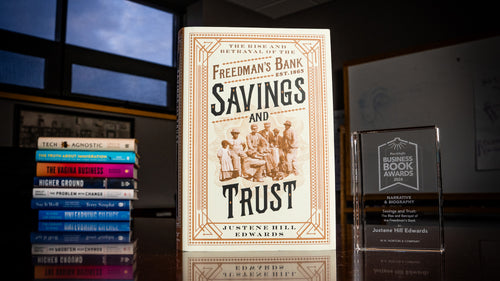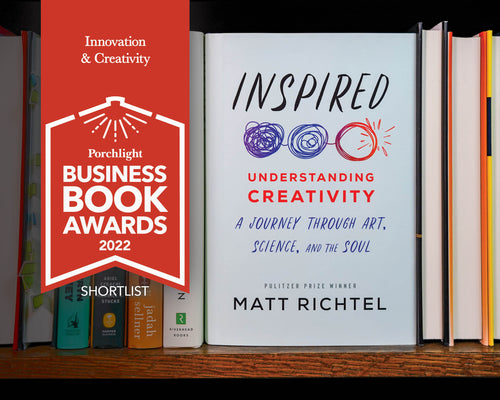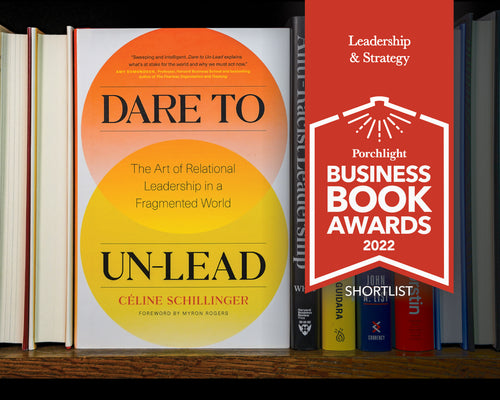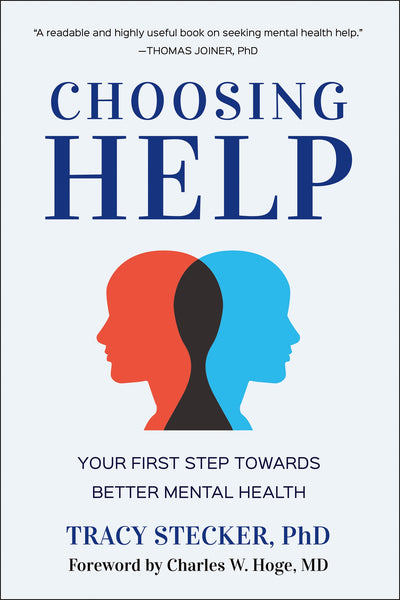An Excerpt from Founder vs. Investor
How many world-changing startups will fail because the founders and investors never figure out how to work together? This chaos comes from the vastly different motivations and incentives between those with the vision and those with the money.
From fundraising paranoia to boardroom coups, founder Elizabeth Zalman and investor Jerry Neumann train their inimitable voices on the gulf between what founders and investors promise to do and what they end up actually doing.
From the investor’s perspective, the excerpt below is from Chapter Two: “Fundraising.”
◊◊◊◊◊
Investor View: Finding a Needle in a Haystack
When I was young and stupid, I accepted an invitation to speak at the biggest tech trade show in the world, held in Las Vegas. I got on a stage with a couple of other panelists and answered questions in front of a crowd of hundreds of tech folk. After the panel, my fellow panelists fled out the back of the stage. I stayed to talk to people. “Here’s my chance to meet some awesome potential founders,” I thought. A long line formed, and I talked to people and handed out business cards. I must have handed out two hundred cards. When I got back to the office, the business plans rolled in... scores of them. I read them all. It took a long time. They all sucked.
If I tell people I invest in startups, about one in twenty wants to either tell me their idea or introduce me to someone they know who has a startup: a nephew, the daughter of a friend, a co-worker, a friend from school, or any of a hundred other tenuous connections. This leads me to believe that at least 1% of the US population has a plan they would like someone to give them money to pursue (erring on the low side because I don’t know how representative my sample is). That’s three million would-be startups. On the other hand, there are only a few hundred companies that go public every year, on average. This suggests that the vast majority of those millions of startups are not VC fundable.
The problem is, we can’t look at all of them. Looking at a company is a time-consuming process. I reserve Fridays for reading all the pitch emails in my inbox. Most Fridays I email back a “thanks, but no” to all of them.
Even the companies that fit my thesis, I won’t meet most of them. I have to say no; there are too many of them. I have no choice but to filter, even though I don’t have that much information because I haven’t met with them. It’s a bit of a catch-22. My first filter is how we were connected.
One way VCs connect to founders is to proactively reach out to the startups they like. This only works, though, if the company has done something noteworthy or if the VC knows the founder from some other context, like a previous company.
Calling after the startup does something noteworthy is an option, but tricky: You won’t know about them until they make some noise, but you also don’t want to be the thirtieth VC to randomly spam them. Some VC firms handle this by having associates who do nothing but keep track of companies in certain segments, hoping to be the first to hear about news. Liz is going to say not to talk to these people because they are not the decision-makers, but I disagree. They are not the decision-makers, true, but they are great sources of information, and when the time comes for the startup to raise money, having that relationship can get a founder in front of a decision-maker very quickly.
The VC firms that do this kind of outreach are later-stage firms, and they are looking for later-stage companies. But VCs also do outreach to new startups, in a way. They keep in touch with people who are the likeliest to start new companies: people who have previously founded a company and are still hungry, and early employees of startups that have become very successful. The latter are people who have seen how it is done, so aren’t intimidated to try it themselves.
I do the same. I keep in touch with people likely to start companies, and even encourage them. And, of course, I keep in touch with people I have backed before who have exited their companies. We talk about ideas and possibilities, and if they decide to go for it, I sometimes write the first check. I always introduce them and vouch for them to other VCs. But I can’t reach out to people who I don’t know are starting companies. I need them to reach out to me.
Of these, I pay most attention to the qualified pitches, the ones someone else has recommended to me. The people recommending them are usually other founders, who know what it takes to build a company, or other VCs. I trust that these people won’t send me really bad ideas (and if they do regularly send bad ideas, after a while I stop paying attention to them). This is usually the first filter: Do I trust the judgment of the person who introduced me to the startup?
This has a big downside though: It means you can only invest in people in or adjacent to your network, and that ends up excluding a lot of good people.
This is especially acute if everyone you know is pretty much exactly like you. Many VCs are either too lazy or unable to expand their networks, and that’s why startup founders are overwhelmingly similar to VCs: white male Ivy League graduates.
VCs think they are mitigating their risk by investing only in the devil they know, even though they would increase their returns by finding the best possible founders, whether they are in-network or not. Besides being a bad investment strategy, since it excludes deals that could be blockbusters, it’s also ethically wrong.
Just to be clear: I’m not exempting myself from this criticism. And I’m not saying that every VC is a sexist, racist, or elitist. This is a classic example of systemic bias, where past overt bias has caused the conditions for its own perpetuation. Only actively trying to change it will make any difference.
Being innovative, after all, is about doing things no one else is doing, and a big part of that comes from the people who do them; people who aren’t exactly like all the other business executives are more likely to think differently.
Now read the Founder's perspective: "LizAF: An Expert's Rules for Fundraising Success"
Taken from Founder vs Investor: The Honest Truth About Venture Capital from Startup to IPO by Elizabeth Zalman and Jerry Neumann. Copyright © 2023 by Gerard Neumann and Elizabeth Joy Zalman. Used by permission of HarperCollins Leadership. www.harpercollinsleadership.com

